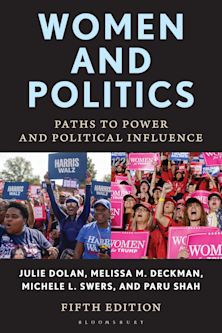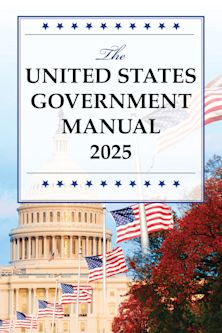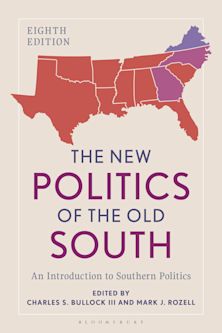- Home
- ACADEMIC
- Politics & International Relations
- American Government and Politics
- Legislator Use of Communication Technology
Legislator Use of Communication Technology
The Critical Frequency Theory of Policy System Stability
Legislator Use of Communication Technology
The Critical Frequency Theory of Policy System Stability
You must sign in to add this item to your wishlist. Please sign in or create an account
Description
Political use of communication technology is rapidly changing the nature of politics; one need look no further than President Trump’s use of Twitter to realize the impact that communication technology is having on political processes. Communication technology has long been recognized as part of the policy feedback process, but until now, has received relatively little focus, often relegated to a line or two in a policy process theory system diagram labeled “feedback." This book takes a fresh look at the role that communication technology plays in the policy process by applying natural science control and electrical engineering concepts such as bandwidth, latency, phase crossover, and positive and negative feedback to develop the critical frequency theory of policy system stability. This theory suggests that every policymaking institution has some critical frequency of communications from the policy environment that once exceeded, causes the policymaking institution to go unstable, and it is this instability that causes the policymaking process to speed up. With the theory developed, data collected on approximately 2,000 state legislators from every state in the U.S. is analyzed using linear and nonlinear regression models to understand the statistically significant relationships between communication technology frequency of use and importance, and the demographic, political, and institutional variables that contribute to policy process stability and instability. Additionally, interviews with legislators uncover many novel and interesting examples of the use of communication technology in the policy process. For example, legislators note that lobbyists sitting in legislative chambers listening to floor debates are actually texting questions and answers to legislators as they debate; legislators participating in this process are acting as policymaking puppets for the lobbyists sitting in the gallery. This single use of a communication technology has the capability of changing the very nature of what it means to be a legislator; with lobbyists acting as surrogate legislators.
Table of Contents
Chapter 2: Mature Communication Technologies
Chapter 3: Mass-Media Communication Technologies
Chapter 4: Internet-Enabled Communication Technologies
Chapter 5: Relative Use and Importance of all Communication Technologies
Chapter 6: Legislator Roles, Policy Conflict and Constituent Communications
Chapter 7: Political Polarization
Chapter 8: Critical Frequency Theory of Policy System Stability
Product details
| Published | 03 Dec 2018 |
|---|---|
| Format | Ebook (Epub & Mobi) |
| Edition | 1st |
| Extent | 302 |
| ISBN | 9781498565301 |
| Imprint | Lexington Books |
| Illustrations | 6 Charts, 11 Graphs, 1 Map, 26 Tables |
| Publisher | Bloomsbury Publishing |
Reviews
-
This book offers the most complete explanation of a policy feedback loop so far in public policy literature. Students and established scholars alike will learn important insights into concepts they have used or seen but perhaps not fully understood, such as negative and positive feedback loops, disturbances, and policy systems theory. The concepts are explained with an engineer’s precision and then applied to a new database on state legislative communications strategies, supplemented with extensive interviews with legislators and their staffs. As new communications technologies continue to alter the landscape of politics, this book provides important information about how legislators communicate with their constituents, lobbyists, each other, and why this matters.
Frank R. Baumgartner, University of North Carolina at Chapel Hill



































